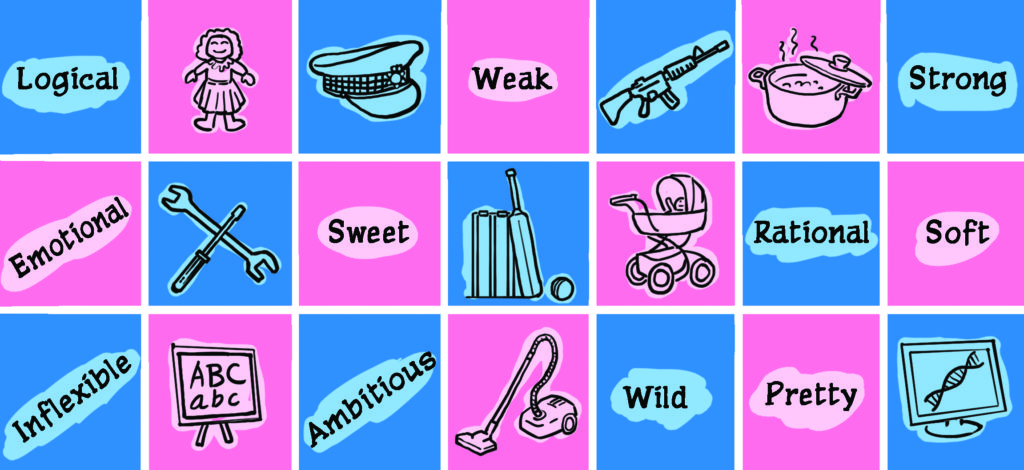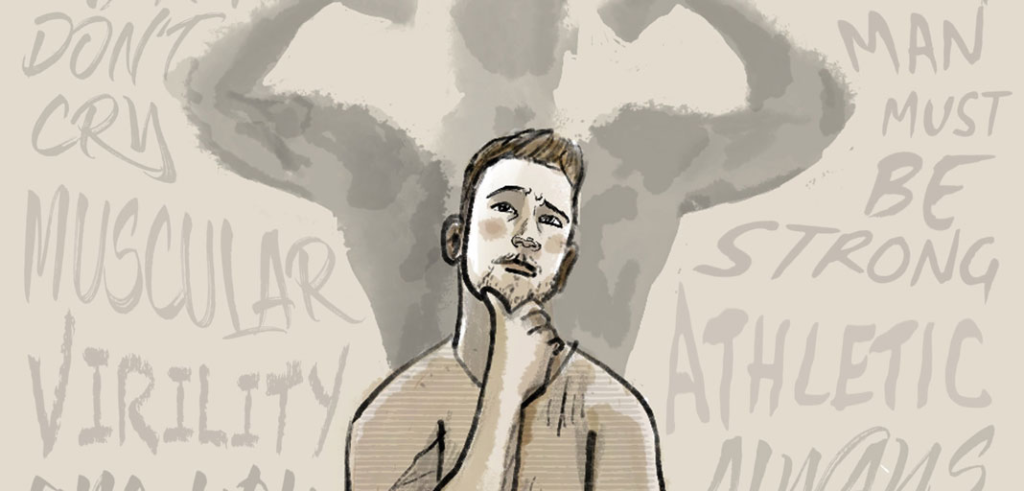Throughout time, there has been a variety of reinforced stereotypes of the sexes. Typically, focussing on women being portrayed as weak or soft and men being portrayed as strong.
Even colours, which have been associated with femininity and masculinity. For example, femininity is typically associated with lighter colours, like pink or purple. Whereas masculinity may be associated with darker colours, typically blue.


Femininity
Femininity is defined as a set of attributes, behaviours, and roles generally associated with women and girls. It is the quality or nature of the female sex.
Femininity to a man may be considered someone who possesses qualities that would be considered more feminine than masculine. For example, this could be presented as someone who possesses a high emotional intelligence, taking proper care of oneself, or filling roles that aren’t considered to be conventionally masculine. However, there is also a visual aspect to femininity in men.


Masculinity
Masculinity is defined as a set of attributes, behaviours, and roles associated with men and boys. For example; ambition, acquisition of wealth, and differentiated gender roles. It is the quality or nature of the male sex.
Masculinity in women may be considered someone who possesses traits that would be considered more masculine than feminine. They may be masculine in appearance, have masculine interests, prefer the company of men, and/or perform masculine tasks or jobs.



Androgyny
People may choose to identify with both masculine, and feminine traits. Typically, androgyny is a term used to describe a person whose appearance or clothing has elements of both femininity and masculinity. It refers to sex-role flexibility and adaptability.



Environmental influences
Our environment influences our own beliefs, values and perceptions to form a redefined sense of self. Environment and the people we surround ourselves will therefore impact our identity and what groups or ideologies we identify ourselves with. Growing up with people, like parents, can influence you into forming opinions or identifying with certain groups.
However, there is an individual aspect in your identity. Identity is our sense of who we are as individuals and as members of social groups. So, though there may be environmental factors that influence us, we also have control over what and how we choose to identify/identify with.
Our identity is what makes us unique, which is why it is very important. It separates us from others and allows us to have independence and individuality in who we are as a person.
